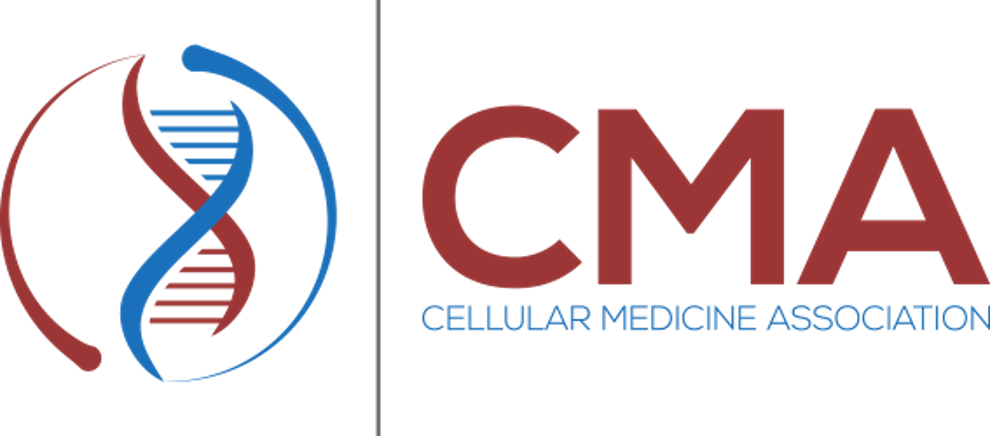by Stephen Luther, M.D.
Share

For older adults grappling with obesity, the journey to a healthier weight often feels like a double-edged sword. Cutting calories is a tried-and-true method to drop excess pounds, but it comes with a catch – muscle loss. As we age, our bodies naturally shed muscle mass, a process that accelerates when food intake dips, leaving many seniors weaker and more vulnerable. Yet, there’s a powerful countermeasure that’s gaining traction: resistance training. By incorporating strength exercises into a weight-loss plan, obese elderly individuals can safeguard their muscles, boost their vitality, and enjoy a more active life – without relying on pharmaceutical shortcuts.
The stakes are high when muscle starts to slip away. Beyond the obvious impact on strength, losing lean mass affects everything from balance to blood sugar control. For overweight seniors, this can mean a steeper decline in mobility, a higher risk of falls, and even a slower metabolism that makes keeping the weight off tougher. Caloric restriction alone, while effective for fat loss, often triggers the body to break down muscle for energy, especially if protein intake isn’t prioritized. This is where resistance training steps in as a game-changer, offering a way to tell the body to hold onto muscle while still shedding fat.
Imagine the body as a sculptor’s block. Calorie-cutting chips away at the excess, but without guidance, it can carve into the good stuff too. Resistance training – think lifting weights, using resistance bands, or even doing bodyweight moves such as squats – acts as a chisel, directing the body to preserve its muscle framework. Research consistently shows that older adults who pair strength workouts with a reduced-calorie diet retain far more lean mass than those who only diet. This isn’t about bulking up; it’s about maintaining what’s essential for daily life – standing up from a chair, carrying a bag, or walking without fatigue.
The benefits don’t stop at muscle preservation. Stronger muscles bolster bone density, a critical factor as osteoporosis looms larger with age. They also rev up metabolism, helping the body burn calories more efficiently even at rest. For obese seniors, who often face chronic inflammation and insulin resistance, this can translate to better glucose management and a lower risk of diabetes. Picture a 68-year-old who starts with light dumbbells twice a week. Months later, they’ve shed fat, kept their strength, and feel steadier on their feet – a win for both body and spirit.
What makes resistance training so effective? It’s all about the stress it places on muscles. When you lift or push against resistance, tiny tears form in muscle fibers. The body repairs them, making the muscle stronger and more resilient. Even on fewer calories, this process signals the body to prioritize muscle over fat for energy use, especially when paired with adequate protein from foods such as eggs, fish, or lentils. The trick is consistency – two or three sessions a week, focusing on major muscle groups such as legs, back, and arms, can make a world of difference.
The Power of Protein and Aerobic Exercise
Alongside resistance training, protein intake plays a crucial role in maintaining muscle during weight loss. Protein provides the essential building blocks for muscle repair and growth, ensuring that the muscle breakdown process is counteracted effectively. Studies highlight that older adults require higher protein intake than younger individuals to maintain muscle mass, particularly when undergoing weight loss.
Aerobic exercise also complements resistance training by improving cardiovascular health, increasing calorie burn, and reducing body fat. While it does not provide the same muscle-preserving effects as resistance training, incorporating activities such as walking, cycling, or swimming can enhance overall fitness and endurance, making daily movements easier and promoting heart health.
A Holistic Approach to Sustainable Fitness
Enter SymbiosFIT, a holistic solution tailored for those seeking to lose weight, build muscle, and live sustainably – without leaning on drugs such as Ozempic. Unlike medications that suppress appetite or alter metabolism with potential side effects, Symbios® Fit emphasizes natural, long-term wellness. It combines personalized resistance training plans with nutritional guidance, ensuring older adults get the protein and calories they need to thrive while trimming fat. Think of it as a roadmap: structured workouts that evolve with your strength, paired with a diet that fuels muscle repair rather than depleting it. No injections, no prescriptions – just practical, science-backed steps to a fitter you.
SymbiosFIT stands out by keeping it simple and accessible. No gym? No problem – exercises can start with bodyweight or affordable bands at home. Worried about joints? The program adjusts to your level, prioritizing safety and gradual progress. It’s not a quick fix; it’s a lifestyle shift that empowers seniors to take charge of their health. While drugs such as Ozempic might offer rapid weight loss, they don’t address muscle preservation or strength – key pillars for aging well. SymbiosFIT does, delivering results that last beyond the scale.
For obese elderly individuals, the path to wellness doesn’t have to mean sacrificing strength for slimmer waistlines. Resistance training, amplified by a system such as SymbiosFIT, proves you can have both. It’s a rebellion against the notion that aging means frailty – a way to lose weight, gain muscle, and reclaim a life of vigor and independence, all on your own terms.
References
- National Center for Biotechnology Information. (2018). Resistance training prevents muscle loss induced by caloric restriction in obese elderly individuals: A systematic review and meta-analysis. PMC.
- Journal of Aging and Physical Activity. (Year). Studies on muscle preservation and resistance training in older adults.
- American Journal of Clinical Nutrition. (Year). Protein requirements and muscle maintenance during weight loss.
- Osteoporosis International. (Year). Impact of resistance training on bone health in the elderly.





